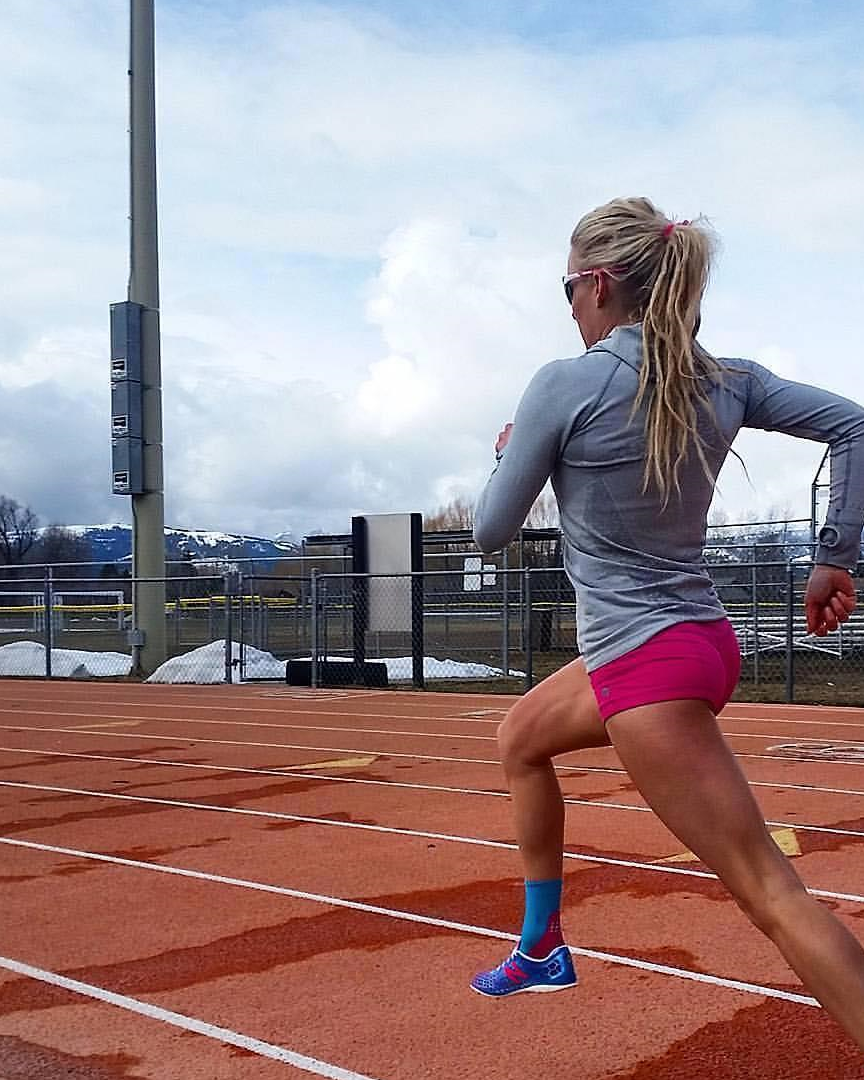What is the biggest fear of running? It’s not muscle strain, it’s not ankle sprain, it’s knee pain! In fact, the biggest fear for runners is injuring their knees, as knees are prone to injury and not easy to recover from!
If you experience knee issues, it can be troublesome as it might lead to the end of your running career! That’s why every runner is striving to protect their knees desperately, to prevent knee problems!
However, sometimes we can’t cover everything, and there’s still a possibility of knee injury. Therefore, when running, we should not take it lightly and always learn to protect our knees to prevent them from getting injured during running!
Recently, a friend asked me why their knees hurt every time they run 10 kilometers. What’s the situation with that? What should be done to solve it? This is a common issue faced by many, but few know how to address it!
I’ve been running on the track for over a decade, and my knees are still as good as new. So, let me share some insights on this issue!
What is the situation when knees hurt after running 10 kilometers?
1. Excessive running distance
Running 10 kilometers is considered quite a distance for most people! Running long distances with high intensity can easily burden the knees, leading to pain and injury!
2. Improper shoes, surface
Initially, I used to run on cement surfaces wearing flat shoes, which made my knees ache and swell towards the end! If you run on cement surfaces wearing flat shoes, the risk of knee injury when running 10 kilometers will be high!
3. Inadequate thigh and calf muscles
Our muscles are the protectors of our bodies. Insufficient muscles in the thighs and calves increase the risk of injury as muscles absorb impact. When there are fewer muscles, the impact on the knees increases, making them prone to injury!
So, how can we address the issue of knee pain after running 10 kilometers?
1. Reduce running intensity
Sometimes, running speed affects the pressure on the knees. The faster you run, the greater the pressure on your knees! Lowering the running speed appropriately can reduce the impact on the knees, protecting them!
2. Suitable surface, wear good shoes
If you are running on a rubber track, it’s ideal. Running on a rubber track wearing high-tech cushioned running shoes will further reduce the pressure on the knees, providing double protection!
3. Work on strengthening thighs and calves
Many dislike having thicker thighs and calves, but if you want to run, you should work on strengthening them. The thicker the thighs and calves, the stronger the muscles, the more impact they can absorb, and the less likely the knees are to get injured!


